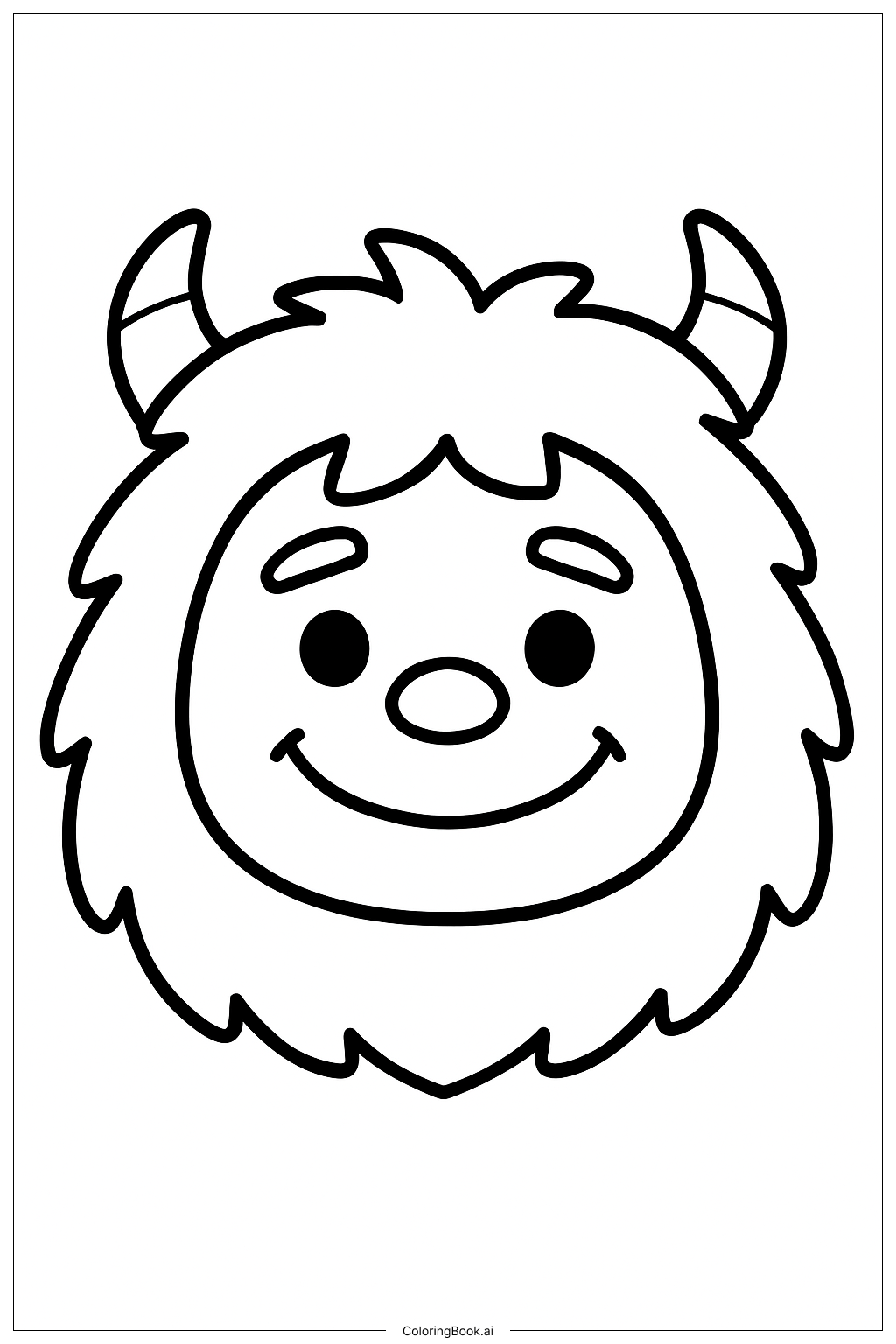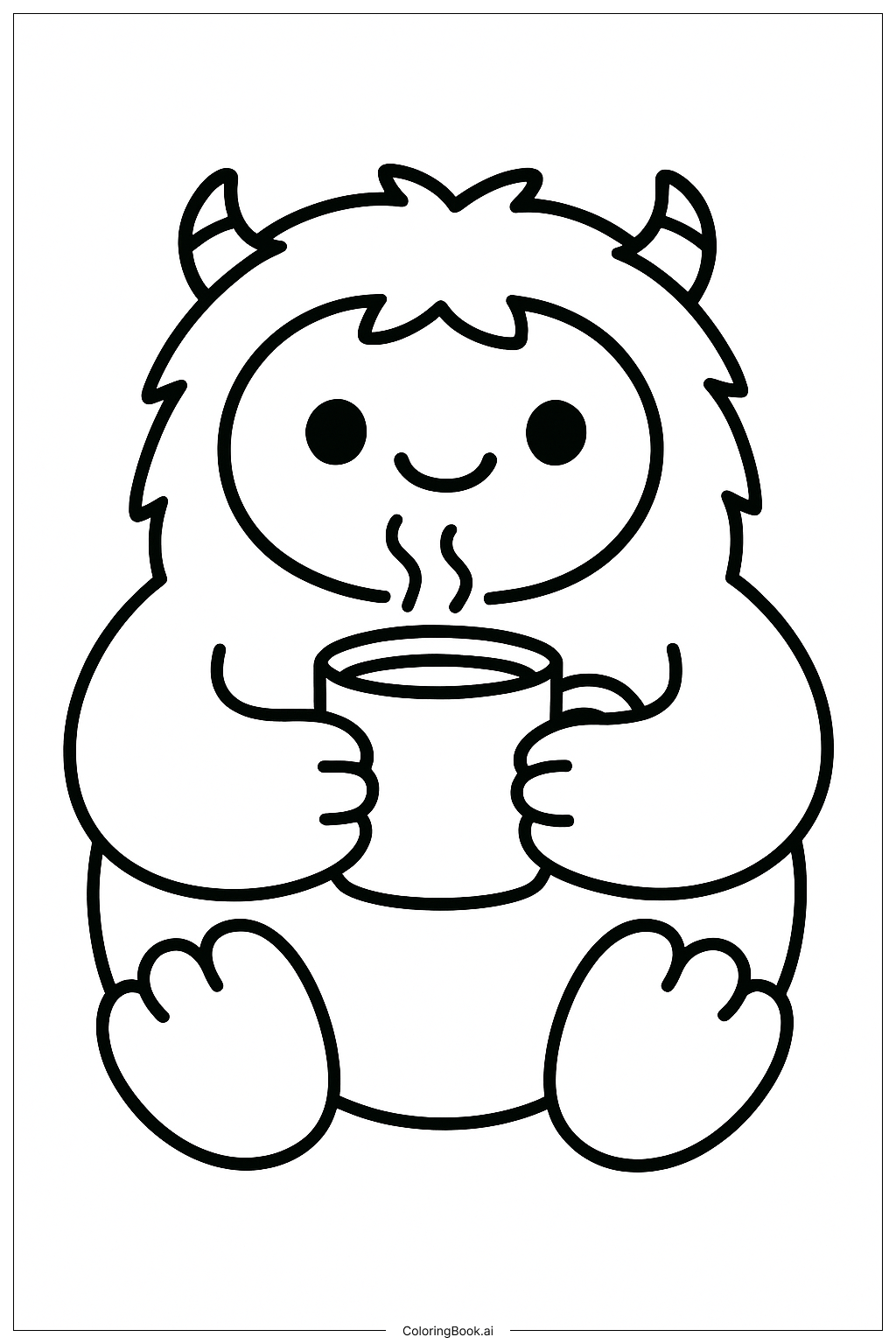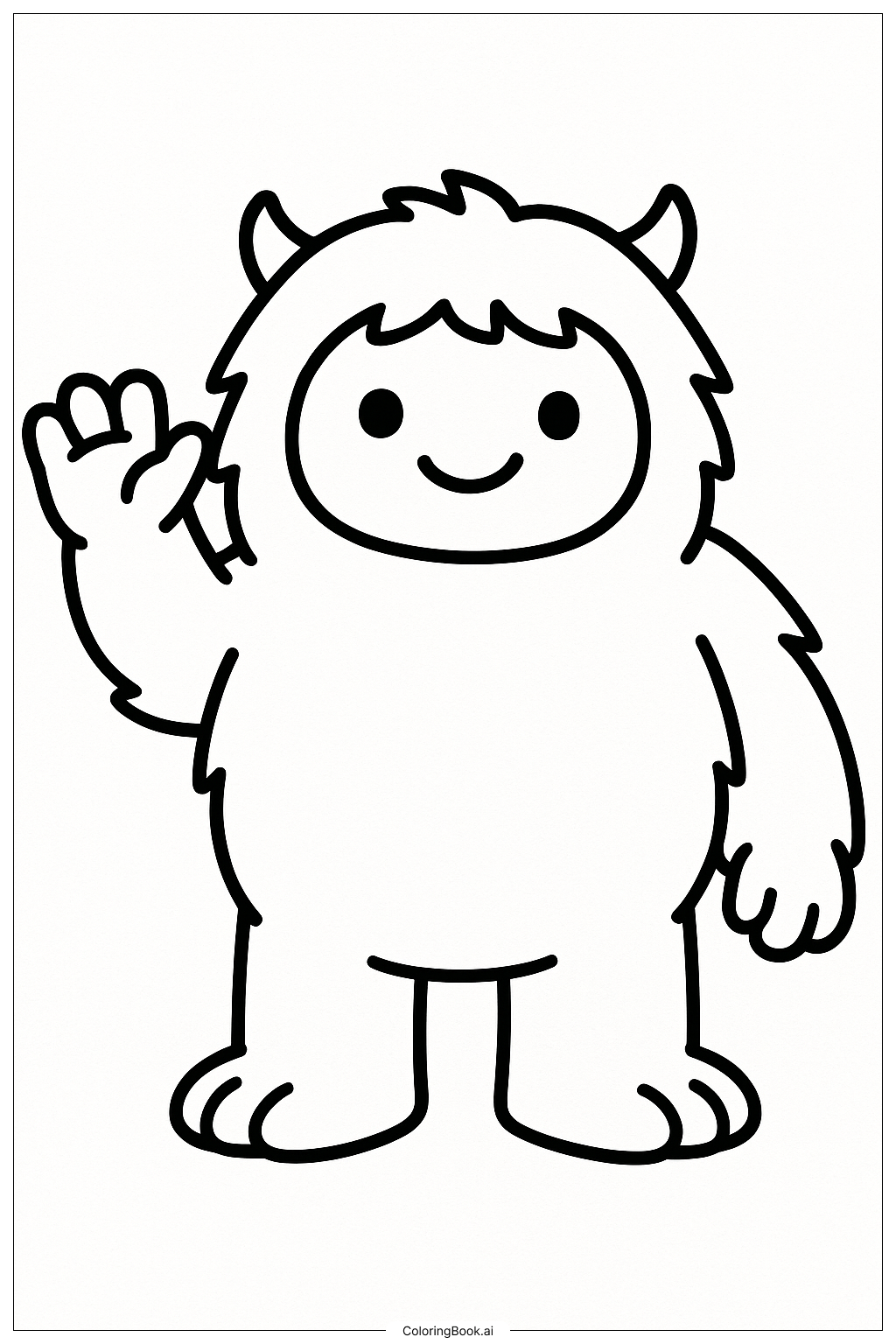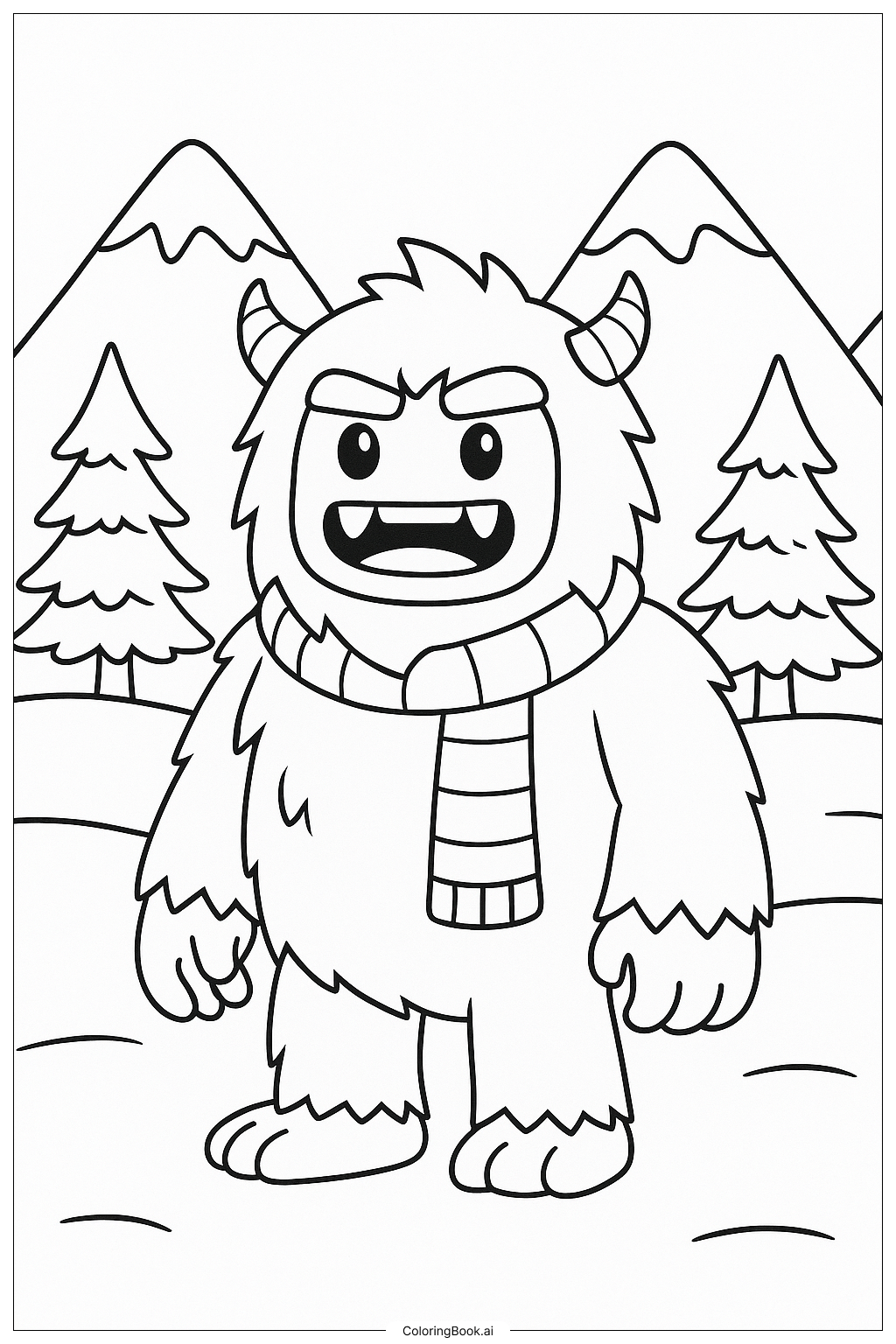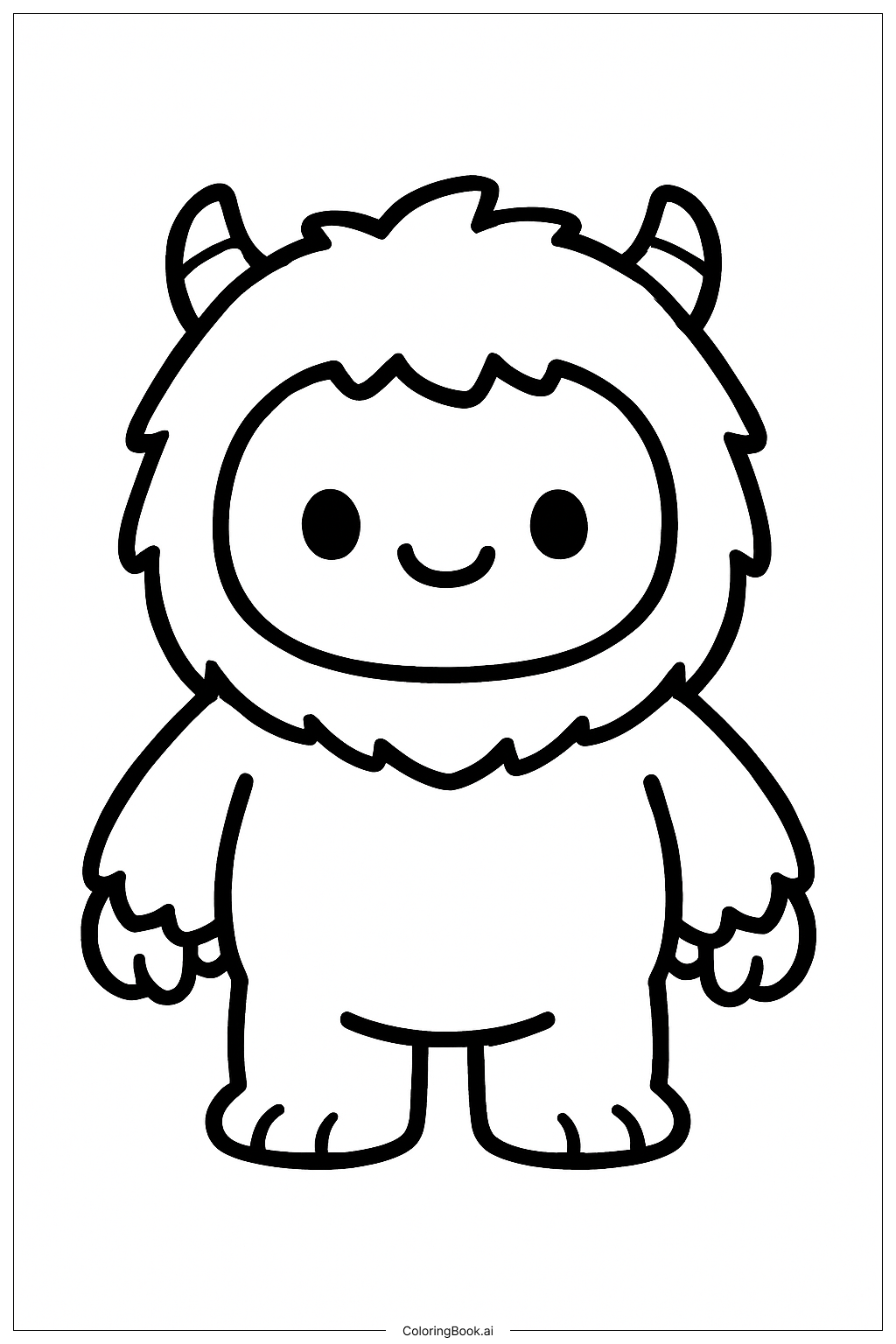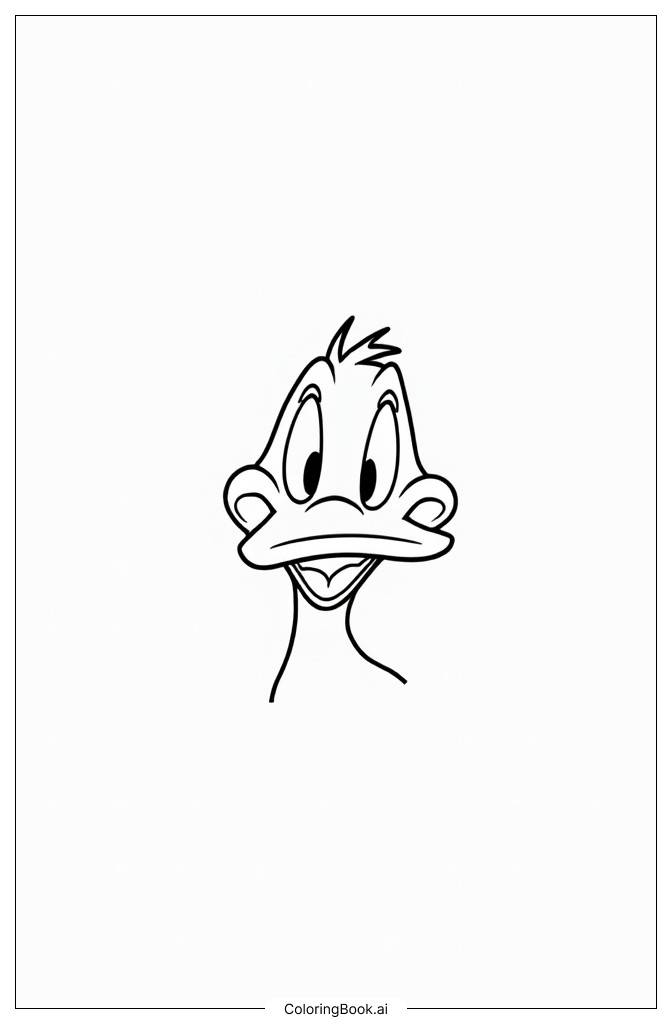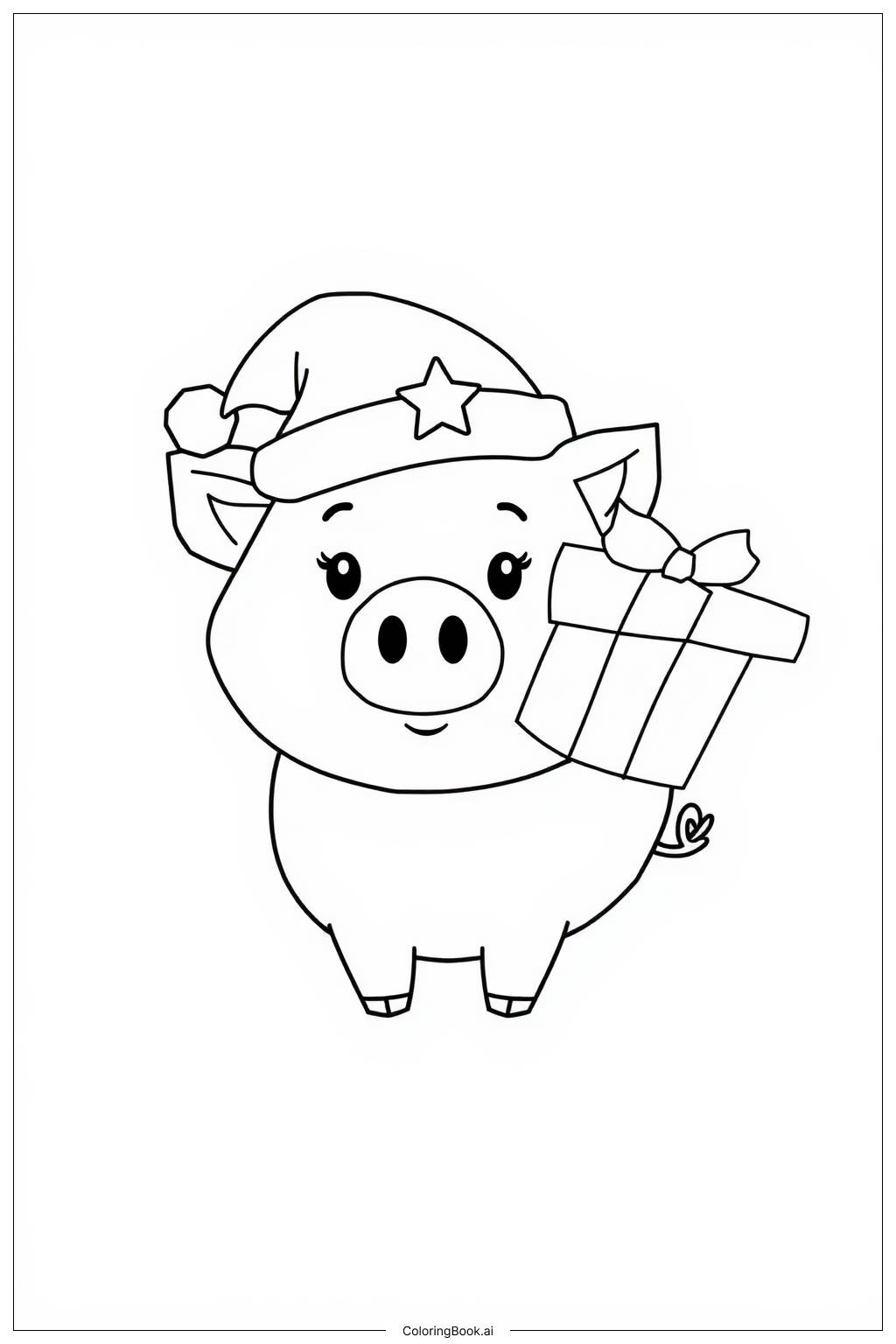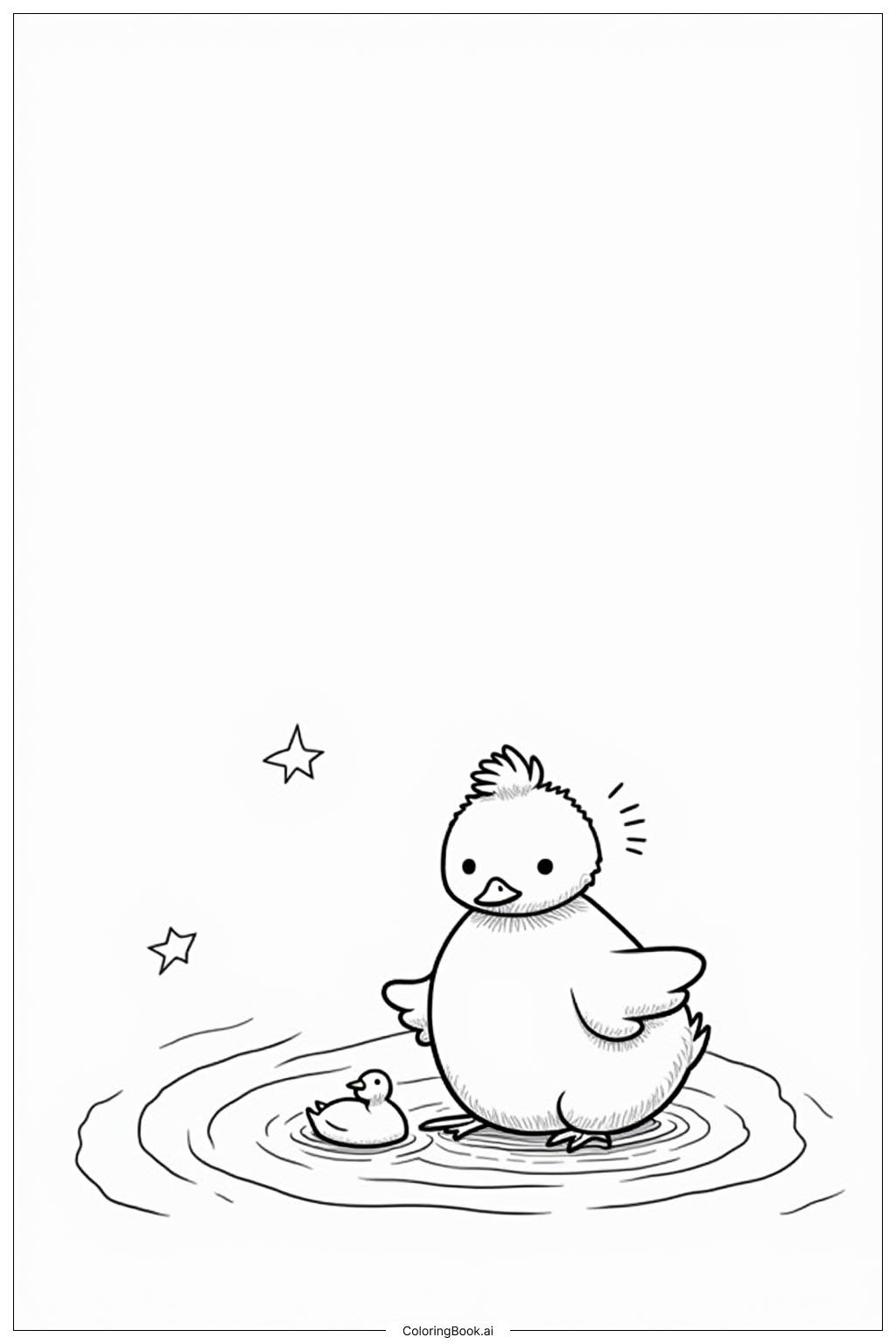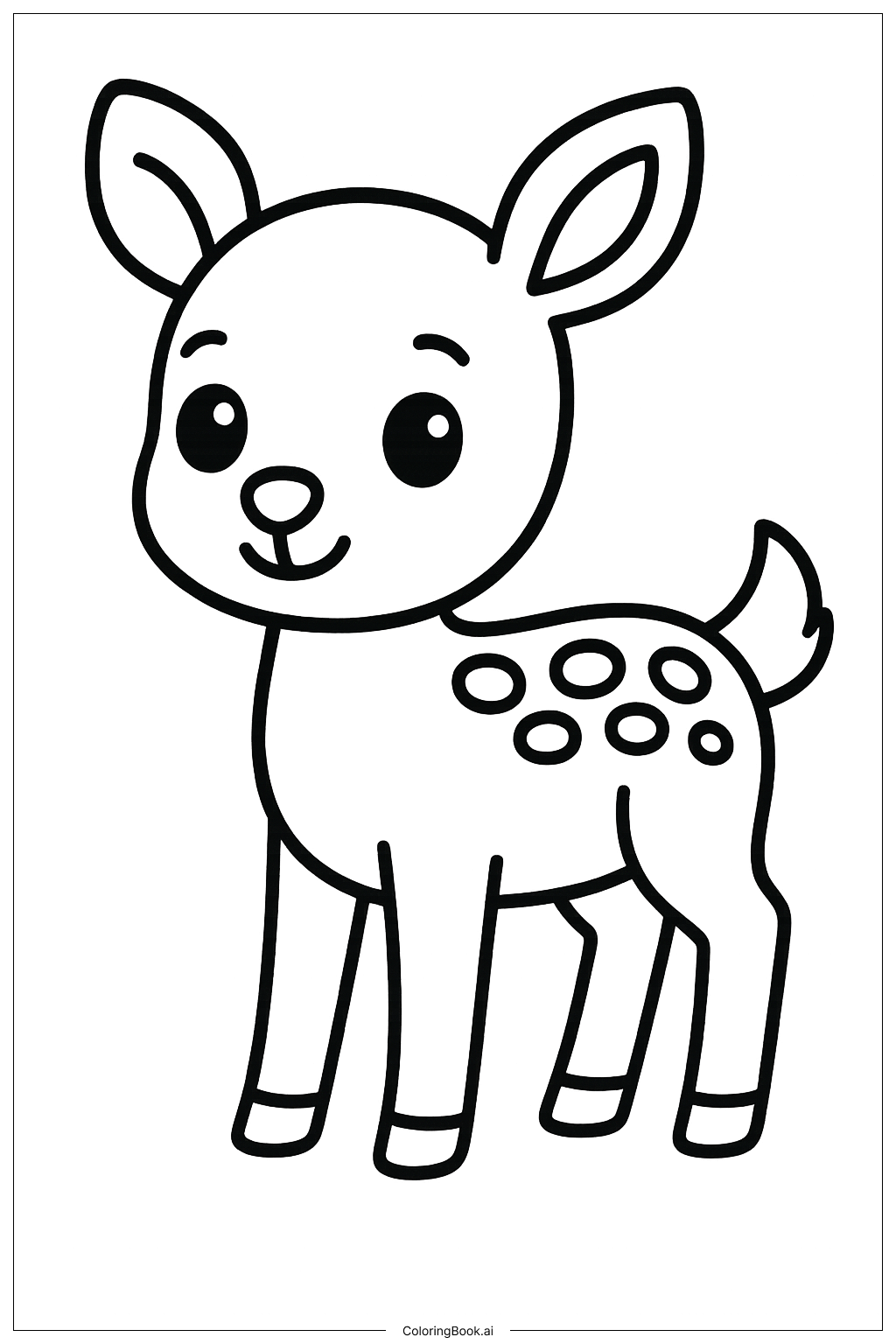Coloring tips: How to color A Smiling Yeti Face coloring page well?
To color this yeti face, you can start by choosing light and bright colors for the fur, such as white, light gray, or pale blue to make it look soft and fluffy. Use a darker shade for the horns, like brown or dark gray, to create contrast. For the nose and eyes, black or dark brown works well to keep the features clear. You can add some blush pink or light peach on the cheeks to give the yeti a warm and friendly look. Feel free to be creative with the colors — you can even use fun colors like purple or green for a playful effect! Try to color inside the lines carefully for a neat finish.
Coloring challenges: Which parts are difficult to color and need attention for A Smiling Yeti Face coloring page?
1. The fur around the face has many curves and small points, which can be tricky to color neatly and may require patience.
2. The horns have small stripes that need careful coloring to keep them clear and separated.
3. The eyes and nose are solid black shapes, so staying inside these areas without coloring outside can be challenging.
4. The face shape is rounded and smooth, requiring careful coloring to avoid going outside the lines.
5. Blending colors for the fur or adding shading might be difficult for younger children, as it needs some coloring skill and control.
Benefits of coloring books: Advantages of drawing A Smiling Yeti Face coloring page
Coloring this yeti face helps kids improve their focus and hand-eye coordination as they color within the lines. The simple shapes encourage creativity by allowing children to choose colors freely and experiment with different shades. It also helps build fine motor skills through small, careful coloring tasks, like the horns and the fur edges. Coloring a friendly face like this yeti can boost a child’s mood and make them feel happy and engaged. Overall, it’s a fun and relaxing way for kids to practice important artistic skills.
